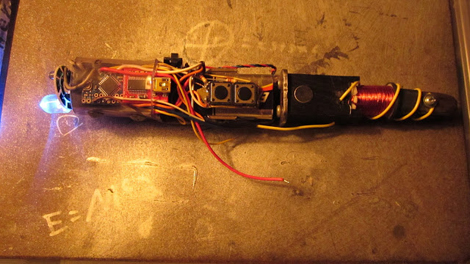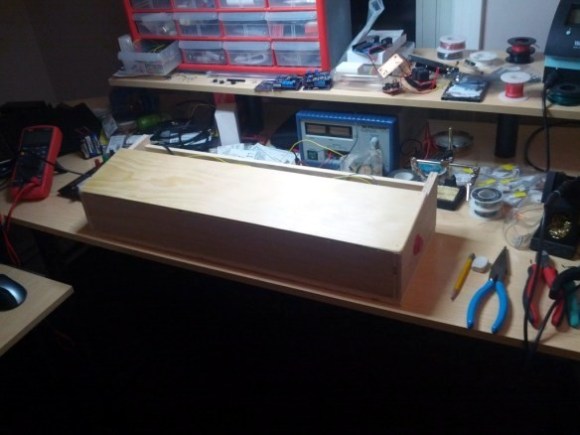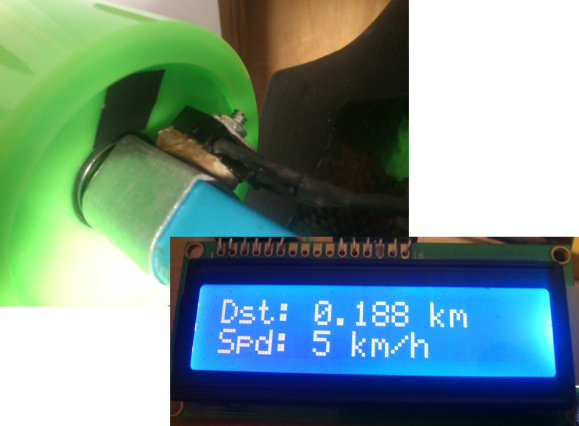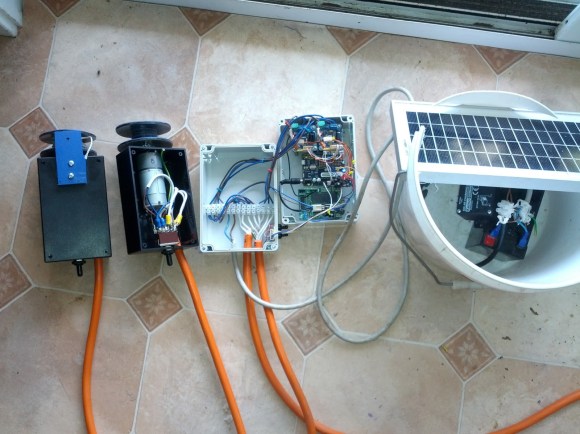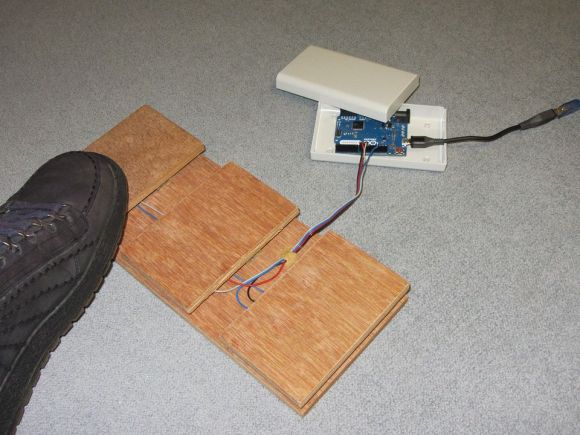
Every year, [Nathan] hosts an Oscar party with a lot of drinking, adoring the off-color comments of [Joan Rivers] and some low stakes wagering. Everyone throws a dollar into the pot for a particular award, and when the winner is announced, [Nathan] splits the pot between the winners and begins counting out coins. As convenience stores have discovered, there’s an easier way to dole out pocket change, so this year [Nathan] created a change machine that dispenses coins for the winners.
The change machine is just like the ones you would find at a supermarket or convenience store; load up the machine with a few rolls of coins, and a few solenoids fire in response to serial data received from a computer. [Nathan] used an Arduino, Serial shield, button matrix, and LCD display for his change machine interface, allowing him to dispense pocket change to each of the winners after an award is announced.

